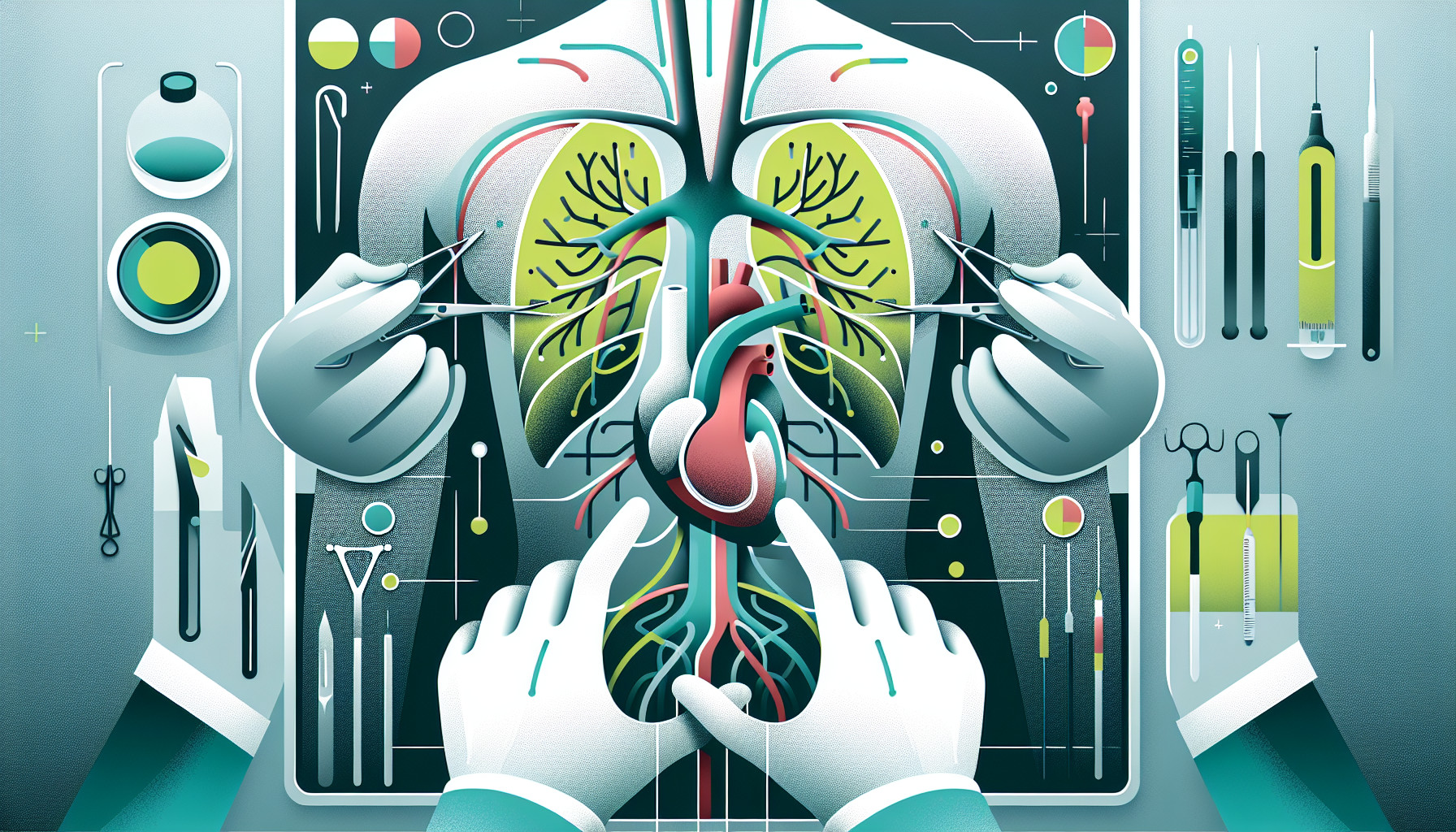Our Summary
This research paper is about how the risk of death and complications differ between men and women undergoing a specific type of surgery for aortic aneurysms, which are bulges in the wall of the main blood vessel in the body. The study looked at data from other studies that had been published on the topic.
The results found that women had a higher risk of dying either during or after the surgery and a higher risk of complications. Women were also found to have longer surgery times and longer hospital stays, and were less likely to be discharged to their homes after surgery. They also had higher risks of specific complications like breathing and kidney problems, strokes, sepsis (a serious infection), and ischemic colitis (a condition where the colon doesn’t get enough blood).
The authors of the study concluded that women undergoing this type of surgery need careful monitoring and management by a team of healthcare professionals.
FAQs
- What is the main focus of this research paper on aortic aneurysm repair?
- What were the key findings in terms of the differences between men and women undergoing aortic aneurysm repair?
- What recommendations did the authors of the study make for women undergoing this type of surgery?
Doctor’s Tip
One helpful tip that a doctor might tell a patient about aortic aneurysm repair is to closely follow all post-operative instructions provided by the healthcare team. This may include taking medications as prescribed, avoiding strenuous activities, attending follow-up appointments, and maintaining a healthy lifestyle. It is important for patients to communicate any concerns or symptoms they may be experiencing to their healthcare provider promptly. By following these recommendations, patients can help reduce their risk of complications and improve their overall outcomes following aortic aneurysm repair.
Suitable For
Patients who are typically recommended aortic aneurysm repair include those with:
- Large aneurysms (greater than 5.5 cm in diameter)
- Rapidly growing aneurysms
- Symptomatic aneurysms (causing pain, tenderness, or other symptoms)
- Aneurysms that are leaking or at risk of rupture
- Patients with a family history of aortic aneurysms or connective tissue disorders
- Patients with risk factors such as smoking, high blood pressure, and atherosclerosis
It is important for patients to undergo regular monitoring and follow-up with their healthcare provider to assess the need for aortic aneurysm repair. The decision to undergo surgery should be carefully considered and discussed with a healthcare provider to weigh the potential risks and benefits.
Timeline
- Before aortic aneurysm repair:
- Patient may experience symptoms such as chest or back pain, shortness of breath, or abdominal pain.
- Patient undergoes diagnostic tests such as CT scans, ultrasounds, or MRIs to confirm the presence and size of the aneurysm.
- Patient may be monitored closely by healthcare professionals to assess the risk of rupture and determine the need for surgery.
- Patient may undergo pre-operative assessments and tests to ensure they are fit for surgery.
- After aortic aneurysm repair:
- Patient is admitted to the hospital for the surgery, which may be done either through open surgery or endovascular repair.
- Patient undergoes the surgery, which involves repairing or replacing the weakened section of the aorta.
- Patient is closely monitored in the intensive care unit (ICU) immediately after the surgery for any complications.
- Patient may stay in the hospital for several days to recover before being discharged.
- Patient may require follow-up appointments with their healthcare provider for monitoring and management of any complications or ongoing issues.
What to Ask Your Doctor
Some questions a patient should ask their doctor about aortic aneurysm repair include:
- What are the potential risks and complications associated with the surgery?
- How does my gender affect the risks and outcomes of the surgery?
- How long is the recovery process expected to take?
- Will I need any additional care or support after the surgery?
- Are there any lifestyle changes or medications I should consider post-surgery?
- How often will I need follow-up appointments to monitor my recovery?
- What is the success rate of this type of surgery for patients with aortic aneurysms?
- Are there any alternative treatment options available to me?
- What can I do to reduce my risk of complications during and after the surgery?
- Can you provide me with more information about the specific procedure and what to expect before, during, and after the surgery?
Reference
Authors: Jin G, Liu C, Fei X, Xu M. Journal: J Vasc Surg. 2023 Jun;77(6):1822-1832.e3. doi: 10.1016/j.jvs.2022.10.029. Epub 2022 Oct 28. PMID: 37232176
